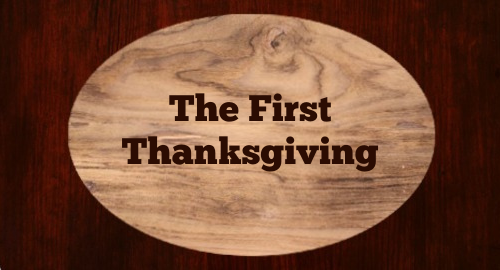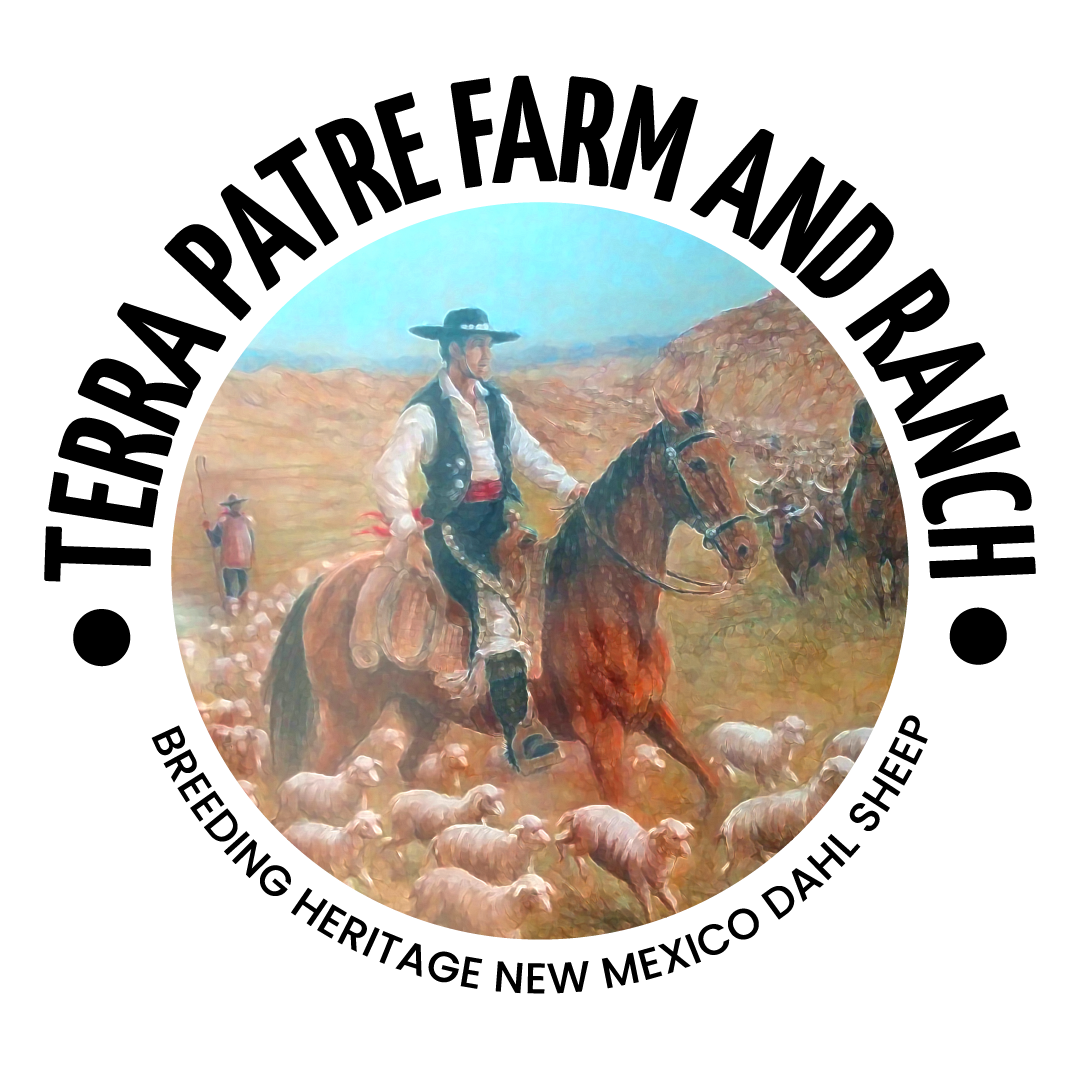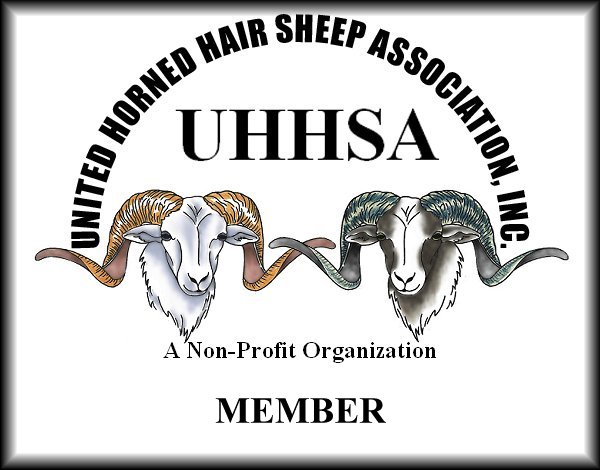
The History of Thanks Giving Day!
By Donald A. Chavez y Gilbert
Every time a family or group gather over a meal and praise God for their gifts of life, family, and food it is a “thanksgiving.” People have been doing thanksgiving for time immemorial. However, here the focus will be on Thanksgiving feasts on a great scale and historic significance that we have proclaimed a national holiday.
The first recorded act of giving thanks by colonizing Europeans in what has come to be these United States of American took place in 1565 (over a half century before the English Mayflower Pilgrims) when the Spanish founder of St. Augustine, Pedro Menindez de Avilis, and 800 Spanish settlers shared in a Mass of Thanksgiving. Following the religious service, Menindez ordered a communal meal to be shared by the Spaniards and the Seloy natives who occupied the landing site.
The first Thanksgiving in what is now the American West occurred on April 30th 1598 as the Oñate muster arrived on the banks of El Rio Bravo, the Rio Grande before Captain John Smith sailed from England and founded Jamestown in Virginia in 1607, and almost a quarter century before the famous Pilgrims anchored the Mayflower at Plymouth Rock on November 21, 1620 and celebrated what is often erroneously taught in many schools as the first Thanksgiving in 1621. It is estimated that Don Juan de Onate, one of the four richest men in New Spain spent in excess of a million dollars from the silver mines owned by his father Cristobal Oñate and himself to fund a colonial expedition to New Mexico. On January 26, 1598 Oñate left Zacatecas, New Spain (later Mexico) to establish the first significant infusion of colonists in the New Mexico Kingdom. The Oñate muster formed a four-mile long procession with over 80 wagons and ox carts, with between seven and thirteen thousand head of European livestock, and 560 people. The expedition consisted of, soldiers, Indians, servants, and families, the majority of whom were from the Iberian Peninsula including Spain, Portugal, and the Canary Islands. For their mettle as colonizers of the kingdom of Nuevo Mexico they were promised the title of Hidalgo, men with status of Spanish nobility. It was a long arduous travail. They crossed the Rio Grande River on April 30, 1598 into the Kingdom of New Mexico a few miles from the place called “El Paso del Norte” now known as El Paso, Texas. There was no “Texas” in existence at that time. To mark the event Oñate’s journal indicates that he ordered the priests to lead the colonists in a Catholic mass of thanksgiving followed by a large feast. They feasted on wild native fowl, and what is known today as Mexican food. The event also appears in the journal of the famous Spanish poet Gaspar Perez de Villagra, who traveled with Oñate.
Villagra wrote, “We built a great bonfire and roasted meat and fish, and then sat down to a repast the like of which we had never had never enjoyed before.” Before this bountiful meal, Don Juan de Oñate personally nailed a cross to a living tree and prayed, “Open the door to these heathens, establish the church altars where the body and blood of the Son of God may be offered, open to us the way to security and peace for their preservation and ours, and give to our king and to me in his royal name, peaceful possession of these kingdoms and provinces for His blessed glory. Amen.” It has since been known as the first Thanksgiving Day celebration in the Wild West of the United States. Over two hundred-fifty years later, at the behest of Sarah Josepha Hale, who spent forty years writing to congressmen, lobbying five presidents, and writing countless editorials in her campaign to create an official day of thanks, President Lincoln became the first president to declare Thanksgiving a national holiday. Many of the colonists’ descendants continue to live right here in New Mexico after more than fifteen generations.
There are few places in the country where European descendants in such great numbers continue to live and survive three national banners and almost a score of generations in the same geographic locale. Some of those first colonists, their descendents along with families who arrived thereafter appear first in Spanish Archives include the following to name a few: Juan Vitoria de Carbajal, Pedro Sanchez y Monroy, Don Fernando Duran y Chavez II, Lucia Hurtado, and Dona Ana de Sandoval y Manzanares. Later, around the Rio Abajo especially after the first half of the seventeen hundreds and second half of the eighteen hundreds the influx of immigrants included Hispanic and non Hispanic names including Luis Huning, Felix de la Candelaria, Don Domingo de Luna, Aguirre, Amalia Jaramillo, Domingo Tome, Peralta, Miguel A. Otero, Barbara Romero, Juan Chavez, Telesfora Baca, Joaquin Perea, Captain Diego de Torres, Antonio de Salazar, Pedro Vigil, Miguel Salazar, Manuel Antonio Trujillo, Maria Vigil, Fracisco Martin, Nicolas Martiniano, Ignacio Barrera, Jose Tenorio, Juan Jose Sandoval, Don Gaspar Domingo de Mendoza, Richard Ewell, James Hubbel, Kit Carson, John Becker, Fiel, Gavino Gilbert, and Benedicto Sachs. For those of us who are descendants of these first celebrants of Thanksgiving we are blessed with two official days of thanksgiving. We celebrate them both and join the rest of Americans during this season to enjoy the harvest of cornucopia, giving of thanks, and understanding of the rich and complete history of our American Thanksgiving holiday.
Phone
(505) 550-7569
nmdahl2@gmail.com

